
Lending practices of banks and credit unions before and during the Great Recession
June 27, 2024Jordan van Rijn studied how loan decisions affected the performance of two types of financial institutions during an economic crisis.

Do last name initials affect college major choices?
June 5, 2024Guanming Shi examined if and how seemingly small experiences during our K-12 education shape the decisions we make at the transition from high school to college.

Do border carbon adjustments help reduce global emissions?
May 28, 2024The EU is proposing carbon tariffs for certain imported goods. But Thomas Rutherford questions their ability to become a cost-effective tool for reducing global emissions.
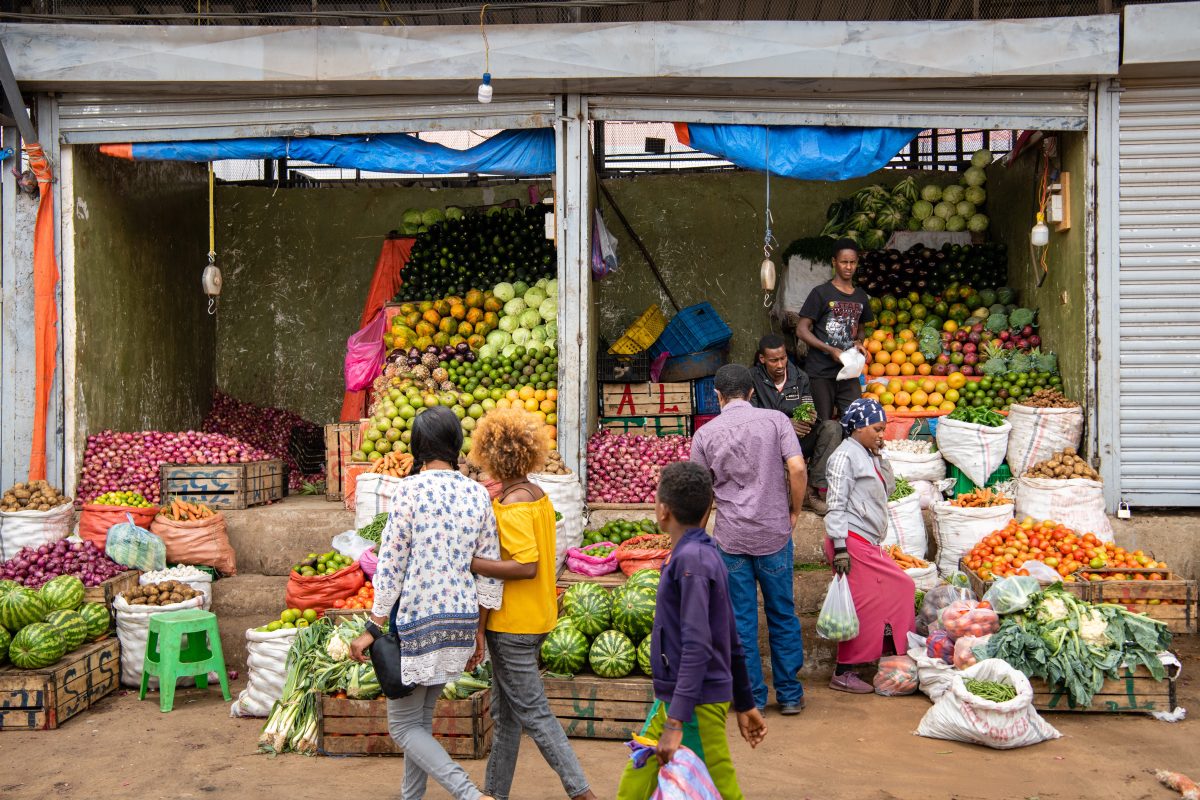
Supply chain strategies for putting more vegetables on Kenyan plates
April 10, 2024Charles Nicholson works with the Global Alliance for Improved Nutrition to develop new approaches for increasing the consumption of fruits and vegetables in urban Kenya.
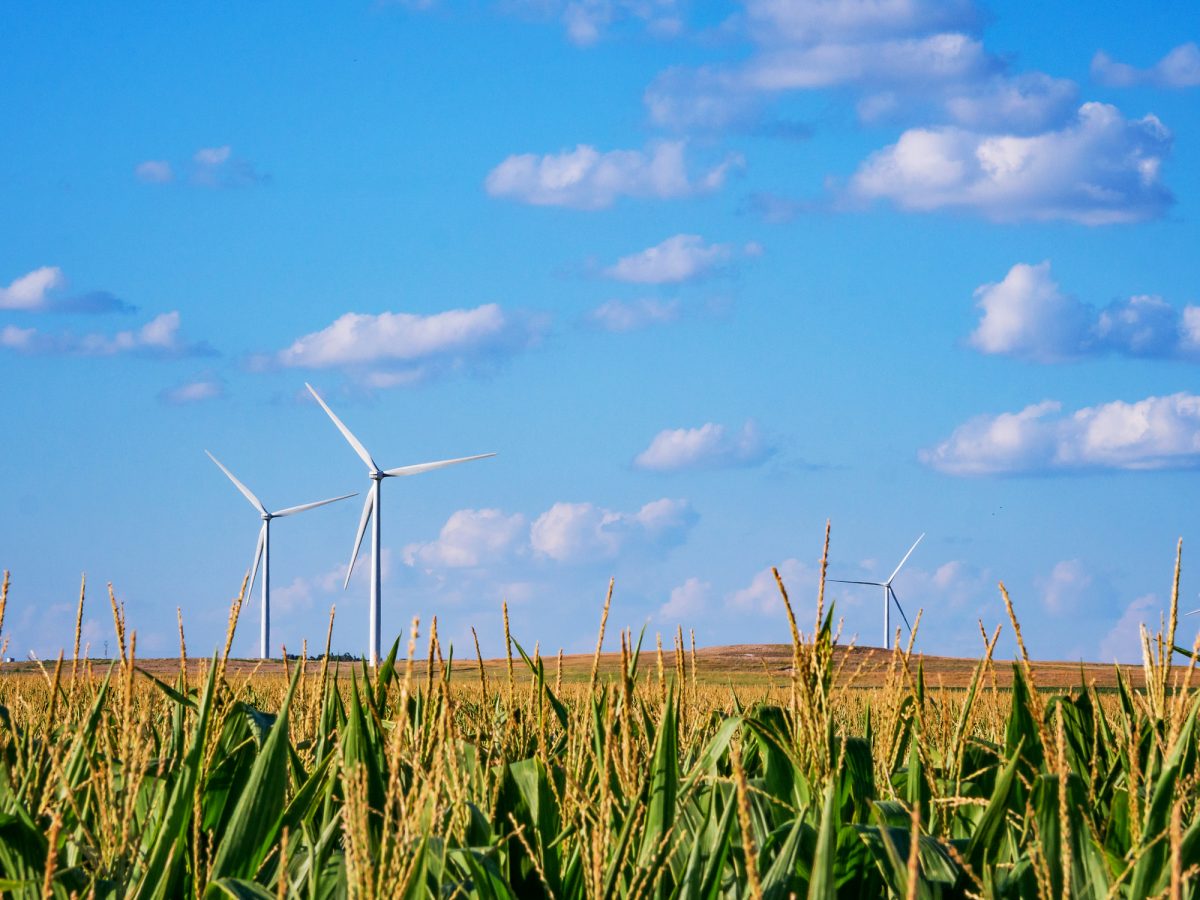
How does land ownership affect wind farm installations?
February 28, 2024Dominic Parker studied the link between rural landholdings and wind farms—and what it might mean for future wind energy development.
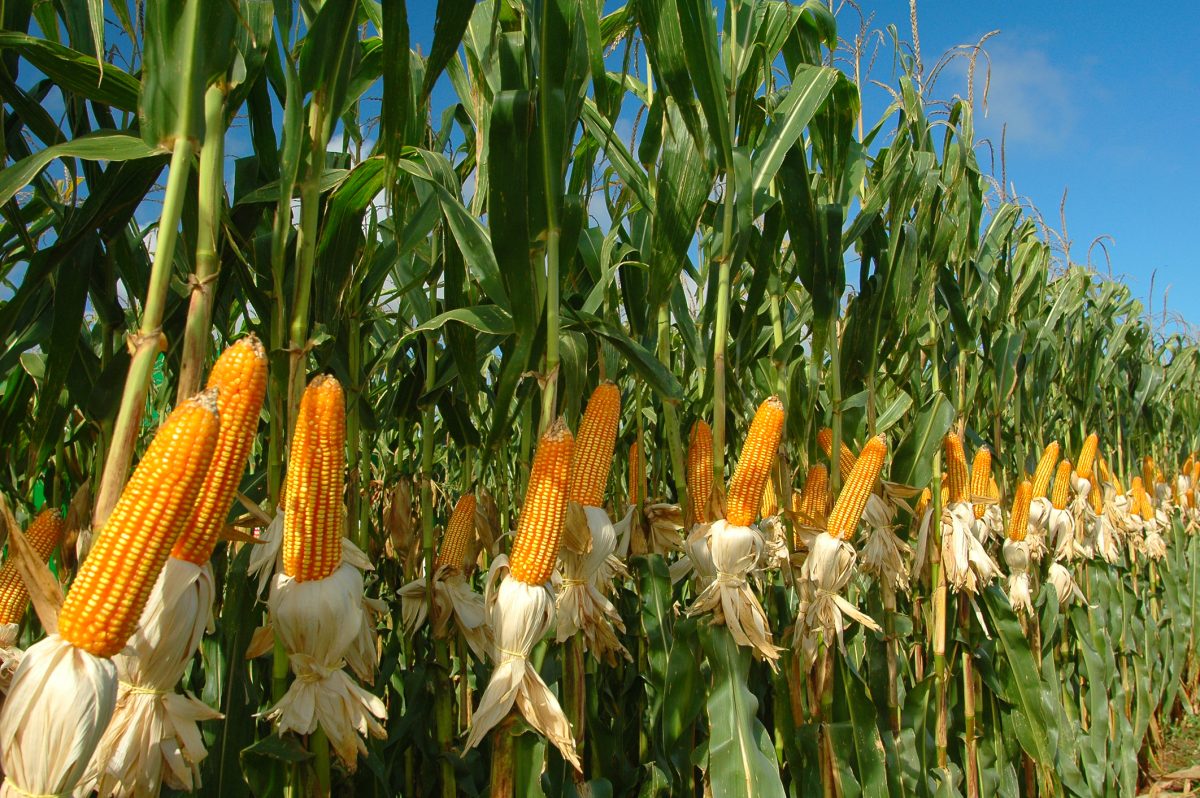
The economics of sustainable corn growing
January 22, 2024Paul Mitchell helps farmers balance the competing demands of agricultural sustainability and rural livelihood.

Social networks and urban sanitation decisions in Senegal
November 17, 2023Laura Schechter works on improving the management of latrines in Dakar, Senegal, to help reduce childhood illness and death.
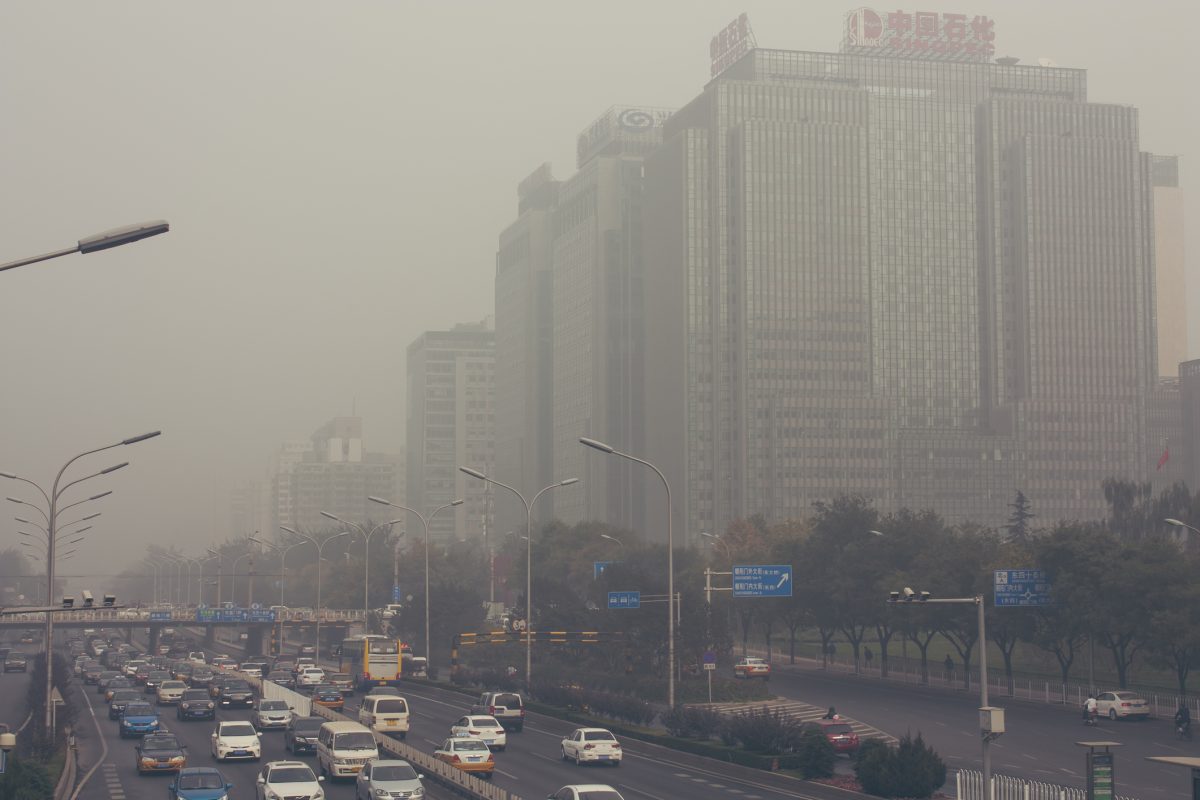
Do driving restrictions affect urban housing markets?
November 1, 2023Rhiannon Jerch examined if a policy that restricted urban car driving changed housing costs and home buying preferences in Beijing.
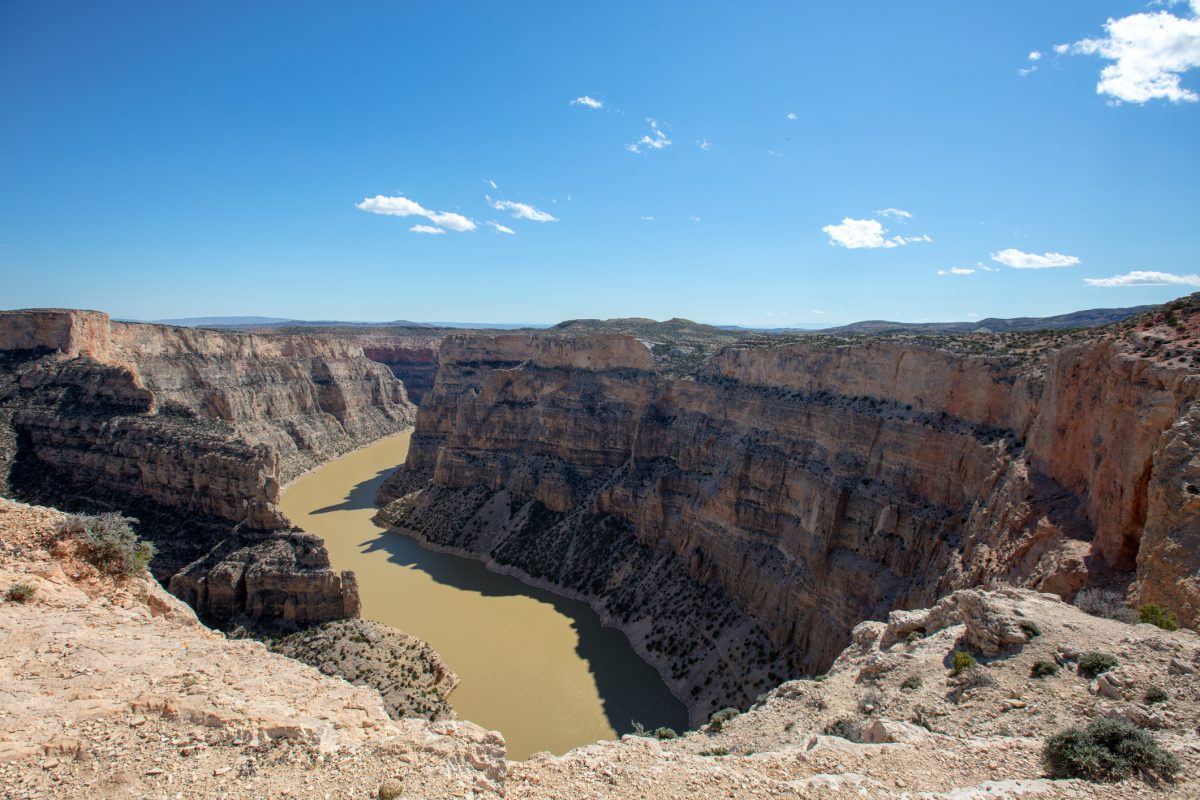
Property rights, land use and economic development
October 13, 2023Dustin Frye studied how the complex history of property rights on Native American reservations has affected land development and cultivation.
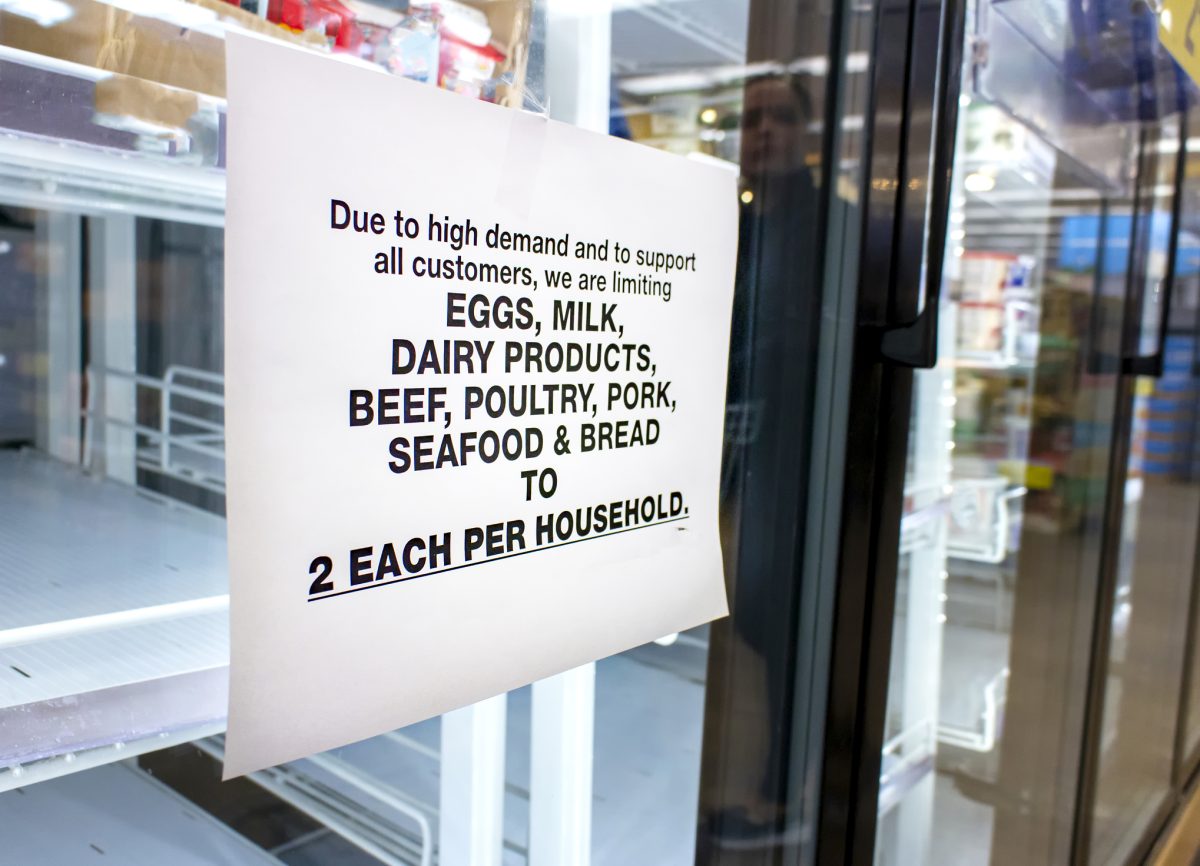
Making food supply chains more resilient
September 12, 2023Jeff Hadachek analyzed the ability of food supply chains to cope with external shocks, such as pandemics and extreme weather events.
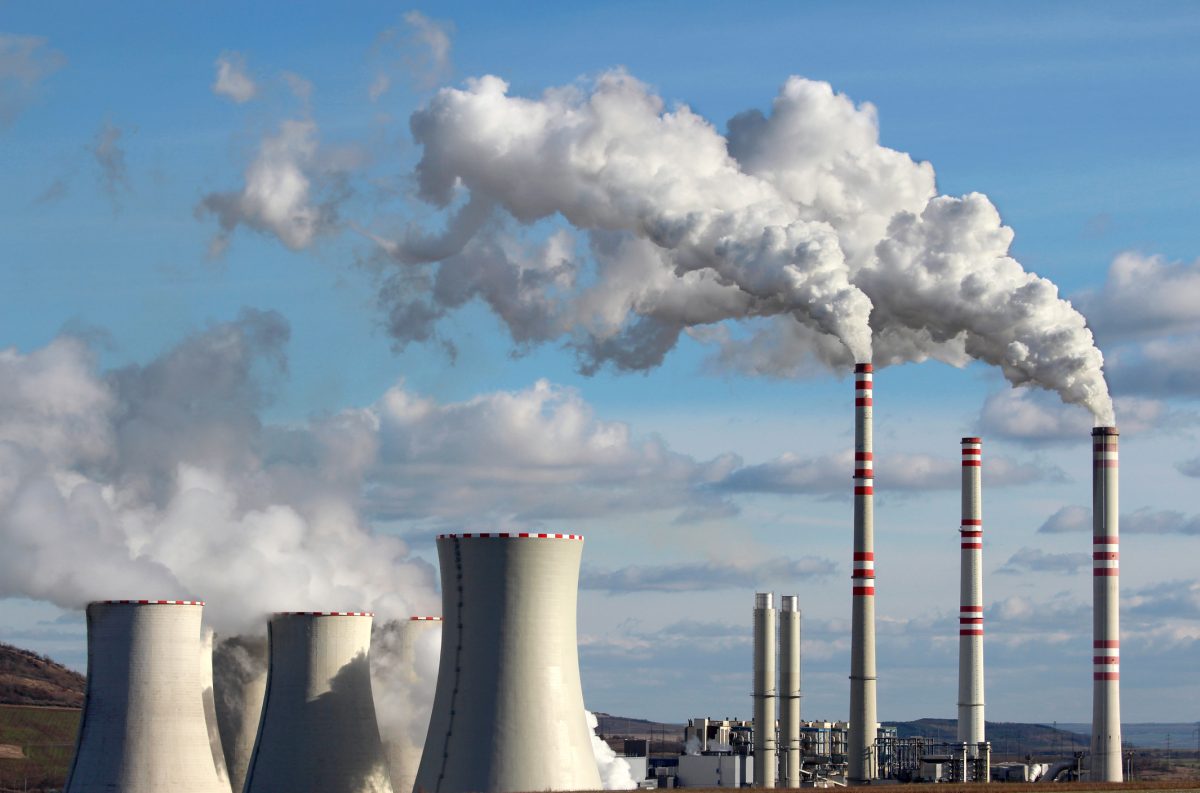
The benefits of flipping environmental market rules
June 30, 2023Corbett Grainger showed that cap-and-trade programs can be more efficient under rules that avoid a “race to allocations.”

Willingness to pay for water quality improvements
May 31, 2023Dan Phaneuf estimated the dollar value of clean waterways for the people living near them.
